Catnip: what is it and how does the plant work for cats?
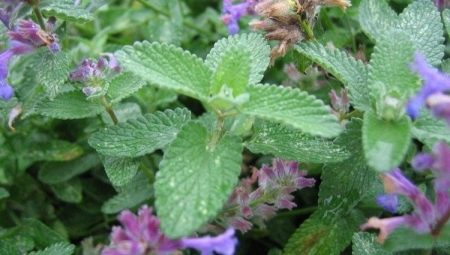
Cats never cease to amaze us with their unique habits and features that distinguish them from other pets. One of the addictions of cats is their love of mint. But this mint is not simple, but cat mint, and has a certain effect on the brain of furry pets. Observations of cats have shown that the same individual can react to this plant in different ways depending on its age, but most representatives of the cat family will not be able to remain indifferent next to catnip.
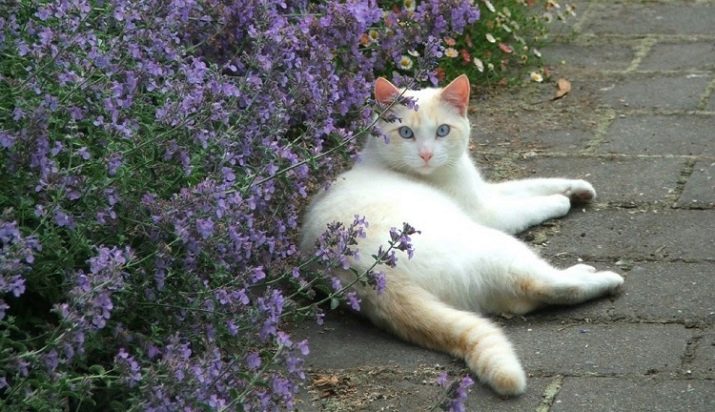
What it is?
Catnip (or catnip) is a herbaceous perennial plant in the Clay family. A biological description of mint is presented below.
- The plant can be found almost throughout the European part of Russia, as well as in the Caucasus, Siberia and the Far East. This perennial is better known as a weed.
- Catnip looks like an erect plant with a pubescent woody stem, ovoid leaves and dense inflorescences in the form of a half-umbrella, consisting of many small white-bluish flowers.
- The root of the plant is branched and quite powerful.
- Perennial herb begins flowering in June and lasts until the end of July.
- The aerial part of the catnip contains nepetalactone, glycosides, saponins, tannins and bitterness, as well as ascorbic acid.
- The leaves of the plant contain most of the essential substances, and there are very few of them in the stem.
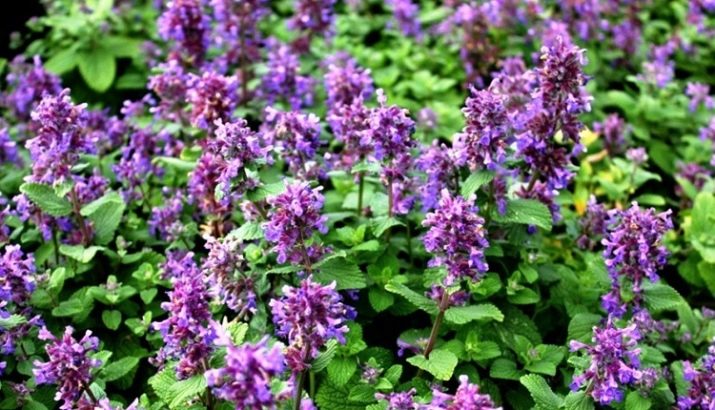
The essential oil of the catnip smells like a mixture of lemon and tart geranium, so this perennial is also called lemon catnip.Sometimes people confuse catnip with lemon balm - outwardly, both of these spicy herbs are similar to each other, and lemongrass also has a scent with lemon fresh notes. However, if a person can confuse these herbs visually, then cats, with their unique innate instinct, are not mistaken in this matter.
The catnip attracts the attention of cats and cats precisely because of the ethereal lemon scent, however, kittens up to six weeks of age remain completely immune to the plant.
In addition, scientists have found that far from all representatives of the cat family react to the catnip, but only 75% of their number.
And this phenomenon is explained, from a genetic point of view, by the absence of special receptors in the animal's brain that perceive the substance nepetalactone.
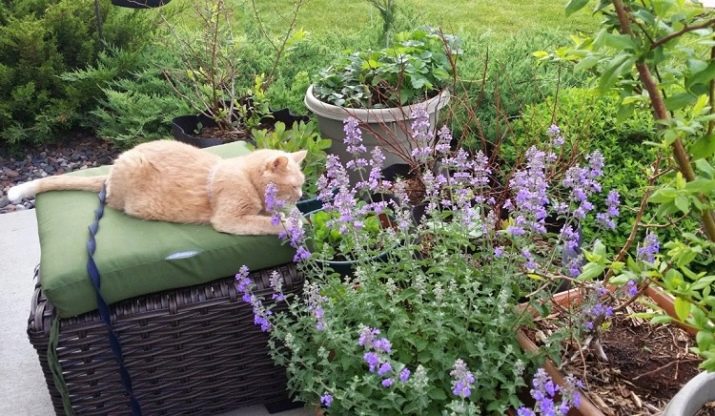
Comparison with regular mint
Outwardly, lemon catnip is similar to a plant called peppermint, but there are significant differences between them. For example, catnip contains the substance nepetalactone in the composition of essential oils, and peppermint differs from it in that menthol predominates in its essential components.
These two fragrant substances have a fundamental difference from each other, and it is expressed in the fact that cats react to nepetalactone, but not to menthol. Even the smell of these two plants is different: catnip always smells of tart lemon, and peppermint has a peculiar menthol aroma.
Catnip affects not only the receptors of the brain of cats - the scent of the scent of this spicy herb attracts insects to it, which are called lacewings. Also, this smell can scare away mosquitoes or a certain type of cockroach.
Common peppermint does not have these characteristics.
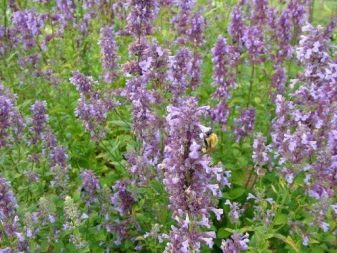
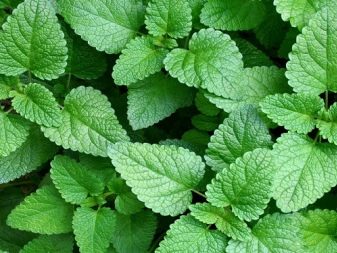
Benefit and harm
Manifestation of the effect of catnip on cats is to change their habitual behavior. This property of the plant is often used by breeders of furry pets in order to influence the behavior of animals, changing it as required by a particular situation. For example, if a cat or cat behaves aggressively for no reason, then a spray with a substance called nepetalactone will help to quickly calm the animal and set it up in a more friendly way, while literally before our eyes, the pet will become affectionate and peaceful.
If a furry friend is often withdrawn, does not want to play and contact a person, then catnip will allow you to correct the situation here too - under the influence of the essential oil of this plant, the animal will become cheerful, active, and will want to move and play.
With the help of this method and periodic rewards with a treat, you can not only strengthen the conditioned reflexes in the cat and correct behavior, but also teach it useful skills.
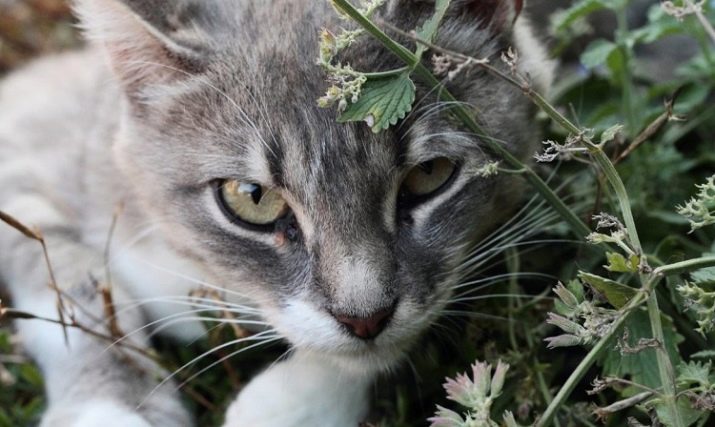
But this is all the useful properties of lemon catnip. Due to its specific chemical composition, the plant has a pronounced antibacterial effect, and when a cat eats fresh leaves or flowers of this plant, it not only changes its mood, but also eliminates pathogenic bacteria in its digestive tract, and also improves the process of intestinal motility by relaxing smooth muscles. In addition, under the influence of nepetalactone, the cat's body is cleared of worms.
It often happens that furry pets are exposed to various stressful situations. For example, such cases may arise after moving to a new apartment, painful medical procedures, or unsuccessful contact with other animals. To reduce the effects of stress on the animal, veterinarians recommend giving them catnip, which will have an anti-stress effect.
Cat breeders have noticed that if you put a few fresh sprigs of mint in a cat carrier bag, the journey will be almost invisible for the pet.
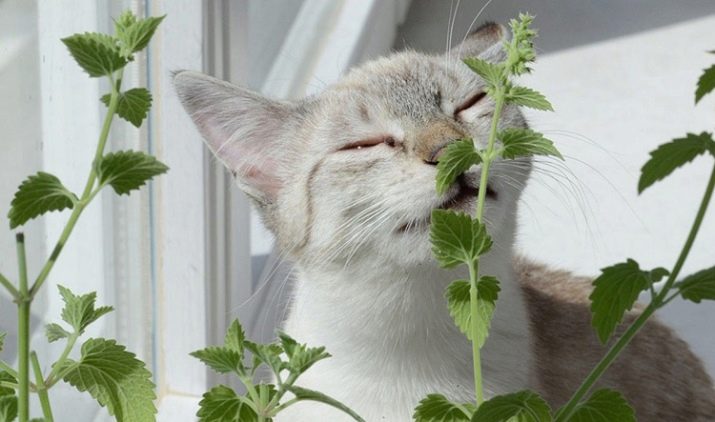
Sometimes, for one reason or another, pets begin to pick and choose food and show poor appetite.Catnip, added to food dry or fresh, will help to establish a good appetite in a fussy cat. Catnip can also be used to train a cat to a litter box, scratching post, and sleeping place. Experienced breeders know this feature of four-legged pets and use it with benefit.
Mint for cats does not contain narcotic substances and for this reason does not cause addiction and dependence in the animal. But in some cases, this herb is still harmful to four-legged pets. For example, it is not recommended to give mint to pregnant and lactating cats for the reason that the animal may experience severe overexcitation and depletion of the nervous system under the influence of nepetalactone. In addition, an overly active animal can harm itself or its offspring.
Veterinarians advise paying attention to how the animal reacts to the effect of peppermint essential oils. If, under the influence of nepetalactone, the cat becomes uncontrollable, aggressive or frightens with its apathy and stupor, then with such extremes in behavioral reactions, it is best to refuse to use the catnip.
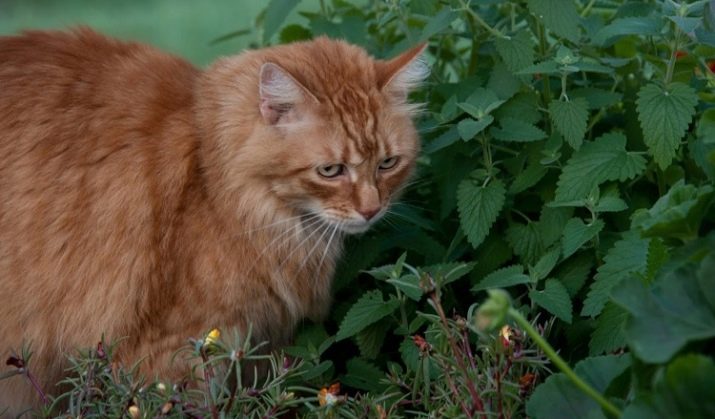
How does the plant work on cats?
The substance nepetalactone, which is part of the catnip, affects cats and cats through irritation of brain cells, and the reaction from this effect is manifested in animals in the form short-term hallucinations. These hallucinations can be compared to drunkenness - they change the behavior of animals, provoking them to one or another action.
Cats can roll on the floor, purr or meow loudly, actively rub their faces with their paws, jump unnaturally high, climb up the curtains, or, conversely, a fluffy pet can lazily roll over onto its back and fall asleep.
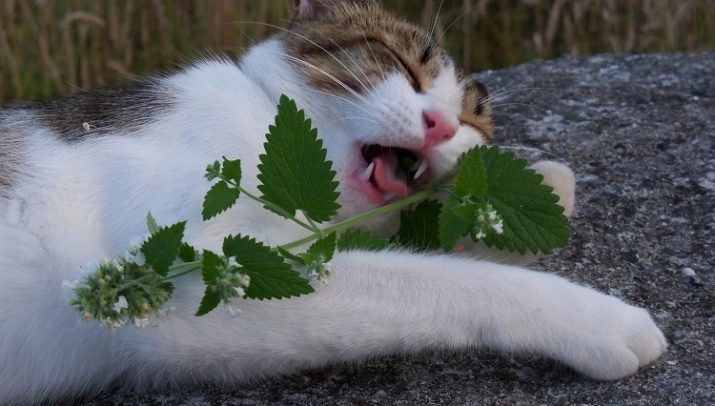
The cat's brain reacts to the action of nepetalactone for a short time: only 7-10 minutes. Then the animal begins a period of immunity: even though the plant is next to the animal and smells strongly, the cat's brain no longer reacts to it. But after an hour or a little more, the neurons of the animal's brain again become susceptible to nepetalactone, and the effect of catnip begins to manifest itself again.
Cats love to feast on fresh catnip, but inside they have a certain barrier of saturation with such grass, and the animal will not be able to eat this plant much. No one has ever seen a cat standing near a catnip and eating this grass incessantly. If the pet still managed to overeat catnip, then there is nothing terrible in this situation. The only thing that overeating can threaten with is indigestion and loose stools.
However, this phenomenon goes away on its own and does not require the use of any emergency medical procedures.

How to use?
You can buy catnip at any pet store that sells goods for cats. The herb is sold in dried and crushed form, packaged in bags or bottles of various shapes and volumes, as well as in the form of a spray with a spray device, sticks for chewing and brushing teeth. It even appears in some feline toys. The smell of catnip makes the toy especially attractive to the pet, but only at first - over time, interest in it may disappear. The dry herb or essential oil that is part of the toy loses its brightness over time and gradually disappears.
The spray is considered to be the product with the longest shelf life - it can be sprayed where necessary and at the desired frequency. Dried grass or powdered grass made from it can be added to food or sprinkled in small amounts in certain areas of the house. The catnip stick, intended for chewing, will help accustom the cat to the procedure of cleaning teeth, if for some reason it ignores the usual means.

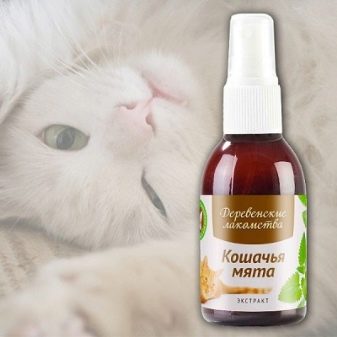
Cat owners who are familiar with the catnip effect consider it necessary to have funds with this plant at home and spend considerable sums on their purchase:
- a bag weighing 100 g with dried catnip leaves will cost 100-150 rubles;
- a bottle of liquid spray with a catnip with a volume of 50 ml costs 350-500 rubles;
- a small package of cat treats in the form of crispy pads containing catnip, weighing 50 g, costs 130-150 rubles;
- cat toys and chewing sticks are in the price range from 150 to 250 rubles.
To save family money, experienced cat breeders grow catnip on their own. This plant can be planted in your country house or even at home in a regular large-volume flower pot. The catnip is unpretentious, grows well and quickly, and does not require any special care. Mint for cats is not afraid of pruning and transplanting, it takes root well.
And for breeding, you can find copies of it in any vacant lot or even in the process of harvesting weeds in the garden.
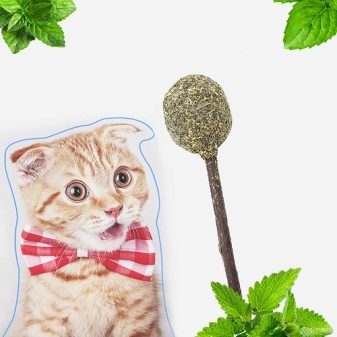
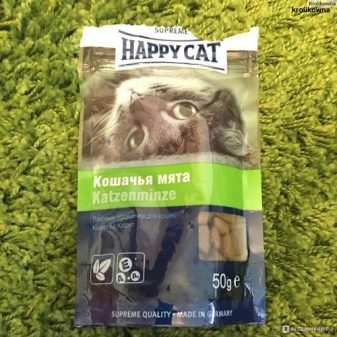
There are many ways to use lemon catnip.
- Soap bubbles with mint. The product contains an extract of essential oils of catnip. This tool is intended for active games with a pet. The cat not only reacts to iridescent bubbles floating in the air, but also captures the tart lemon scent of mint, which further encourages the animal to play.
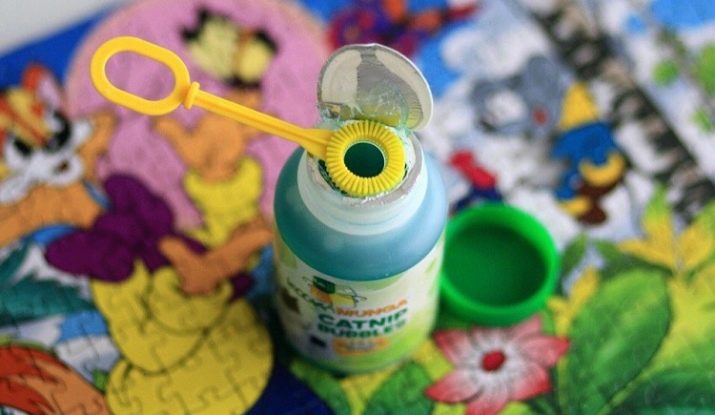
- Cat canned food... Some manufacturers produce canned meat with the addition of nepetalactone. This food usually arouses the cat's interest and appetite, and the animal willingly eats the offered dish. Such nutrition is necessary in cases where a weakened animal after childbirth or illness suffers from poor appetite or refuses to eat at all.
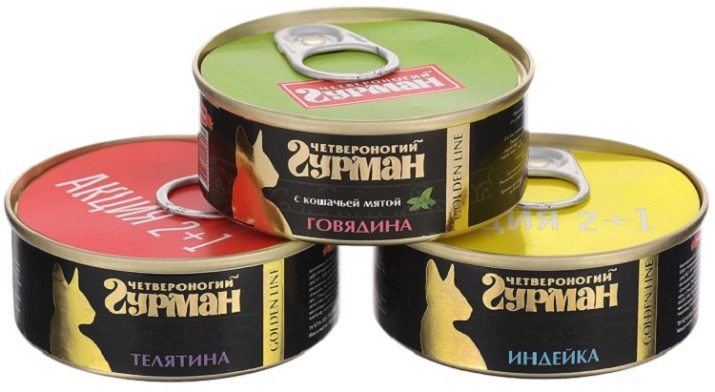
- Scratching post... A small structure is being built, inside of which the dried catnip grass is placed, and on the outside, a material is fixed on the structure, on which the cat can sharpen its claws. An animal's interest in a scratching post arises under the influence of essential oils that the catnip evaporates. Such a device allows you to discourage your pet from scratching furniture and teaches him to sharpen his claws in a specially designated place for this.

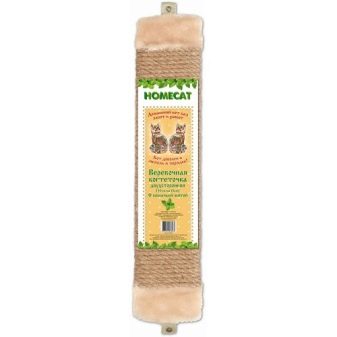
- A toy... It can be sewn from fabric and look like a ball, mouse, banana, or any other shape and color. An important detail of this product is that the crushed catnip herb is sewn inside it. Such a toy attracts cats with its smell and stimulates the animal to play actively.
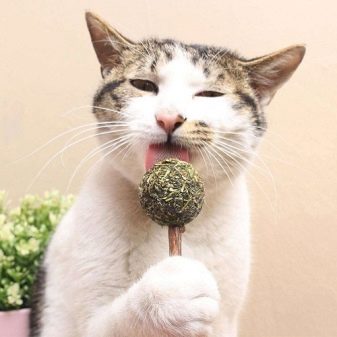

- Feed additive... This product contains a vitamin and mineral complex of substances that a cat needs for its complete nutritious diet. In order for the animal to readily use such an additive, it includes chopped catnip. Thanks to the smell of nepetalactone, the cat eats vitamins useful for it with pleasure.
In addition, this remedy improves the functioning of the digestive tract and is an antidepressant for the pet.

Catnip sprays and dried leaves can be used at will. If you lightly spray with spray near a cat litter box, then the cat will show interest in this design, which means that it will be much easier to train her to use this litter box for its intended purpose.
Sometimes animals do not want to stay asleep in their place and, piteously meowing, ask people to go to bed. This should not be allowed, because it will become impossible to eradicate this habit later. You can accustom the animal to its place by sprinkling it with catnip spray or sprinkling with a small amount of crushed dried leaves of this plant. The pet will be happy to stay on its bed and will eventually do it even without using catnip.
When buying a dried plant, you need to know that only the leaves of catnip exude a smell, and the stems do not have such an aroma. For this reason, when buying dried catnip, you should pay attention to the quality of the raw material - it should not contain crushed dry stems. Otherwise, the effectiveness of such a tool will be low.

You can learn more about how catnip affects cats below.
































